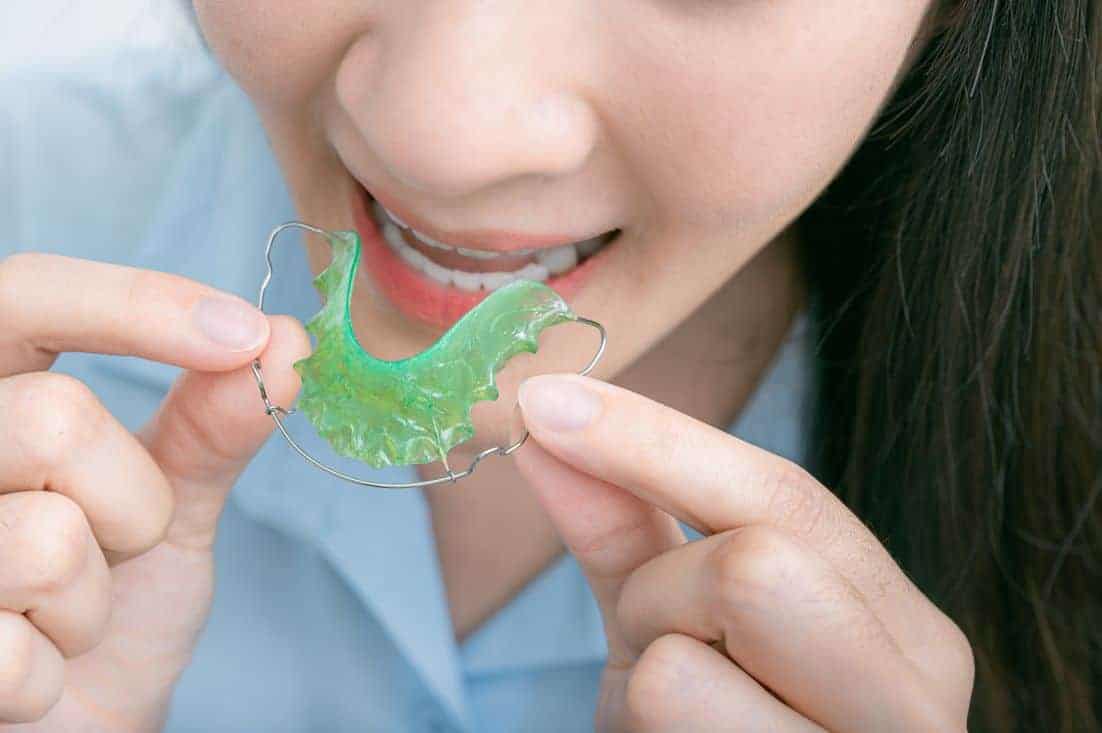After months of treatment, you’re finally removing your last set of Invisalign aligner trays! This momentous occasion is marked by a beautiful smile – no more gaps, crowding, or crooked teeth – and the beginning of the retention phase. Wait, what!?
We know the treatment process can feel long, and you probably want nothing more than to check orthodontia off your list permanently. But before that can happen, there’s one more step to ensure your new smile lasts a lifetime.
What is the retention phase?
During the active treatment phase, your Invisalign aligners exert a gentle force that shifts the teeth into place according to your specific treatment plan. This force causes changes throughout your mouth, from the teeth to the periodontal ligaments that hold them, the bone, and gums.
As these changes occur and your aligner trays transition, bone breaks down, periodontal ligaments stretch, and the teeth move. New bone and tissue forms around the spaces left behind and secure the teeth in their new location. However, once you’re no longer wearing aligners and the force is gone, the teeth tend to want to shift back to their old places. This tendency is especially true with teenagers, as their bones aren’t fully hardened.
Over time, the alveolar bone will regenerate completely, and the periodontal ligaments will shrink back to their regular size, essentially cementing your teeth in place. The second phase of treatment uses a retainer to ensure your teeth will be in the right place when this occurs (hence the name retention phase).
Types of retainers
There are two types of retainers, fixed and removable. Our team will determine the best option for your individual needs.
Fixed Retainers – These retainers consist of a thin, metal wire that’s bonded to the back of your front six teeth, from canine tooth to canine tooth, immediately after your last aligner is removed. As the name implies, fixed retainers stay in place permanently and offer extra insurance that your teeth won’t move. Bonus – because it’s attached to teeth on the tongue-side, it’s not visible. Using a fixed retainer also means that you don’t have to remember to put it in, worry about losing it, or keep track of the number of hours a day it’s worn. While they have several benefits, fixed retainers can be challenging to clean. Because of the way the retainer is attached, food build-up can occur, and you’ll need to replace flossing with interdental brushes. You may also require more regular hygienist appointments to stop tartar build-up.
Removable Retainers– There are two types of removable retainers, the traditional wire retainer, known as a Hawley retainer, and the Essix or 3D retainer, which is a clear retainer that looks similar to an Invisalign tray. Wire retainers use a custom plastic piece that sits against the roof of your mouth and a thin, metal wire that wraps around the front of the teeth. Essix or 3D retainers slip over the teeth just like your Invisalign trays. These are a great option, as they cover all the teeth, so there’s no risk of the back ones moving. However, they only work if you remember to wear them for the prescribed amount of time; if you don’t, your teeth will shift back to their original place.
Do I need to wear a retainer forever?
Generally, no. While treatment is always case-dependent, patients typically wear their retainer full time for a short period and gradually transition to wearing it only at night, and then cut back to a few nights a week. Practicing good oral hygiene and basic care is also a critical part of post-treatment care. You should brush and floss twice a day, keep up with regular cleanings, and be sure to let your provider know if you damage your retainer or something doesn’t feel right. Remember, there’s no way to cheat the process; failure to follow your provider’s instructions will result in needing another course of treatment.
Contact Our Office
Getting and maintaining a beautiful smile takes time and dedication, but the results are well worth the effort! If you have any questions about orthodontic treatment or want to learn more about the options available, don’t hesitate to contact our dental team.


